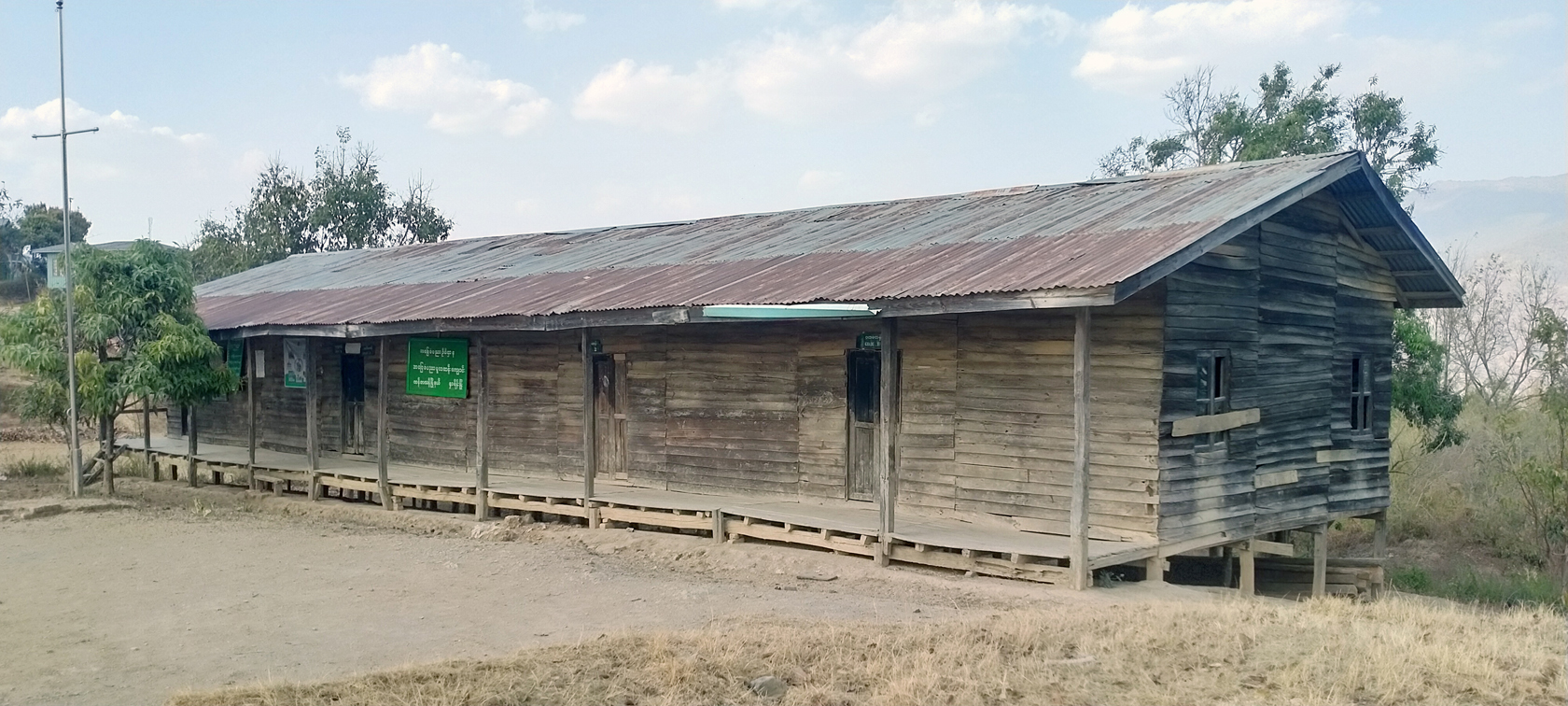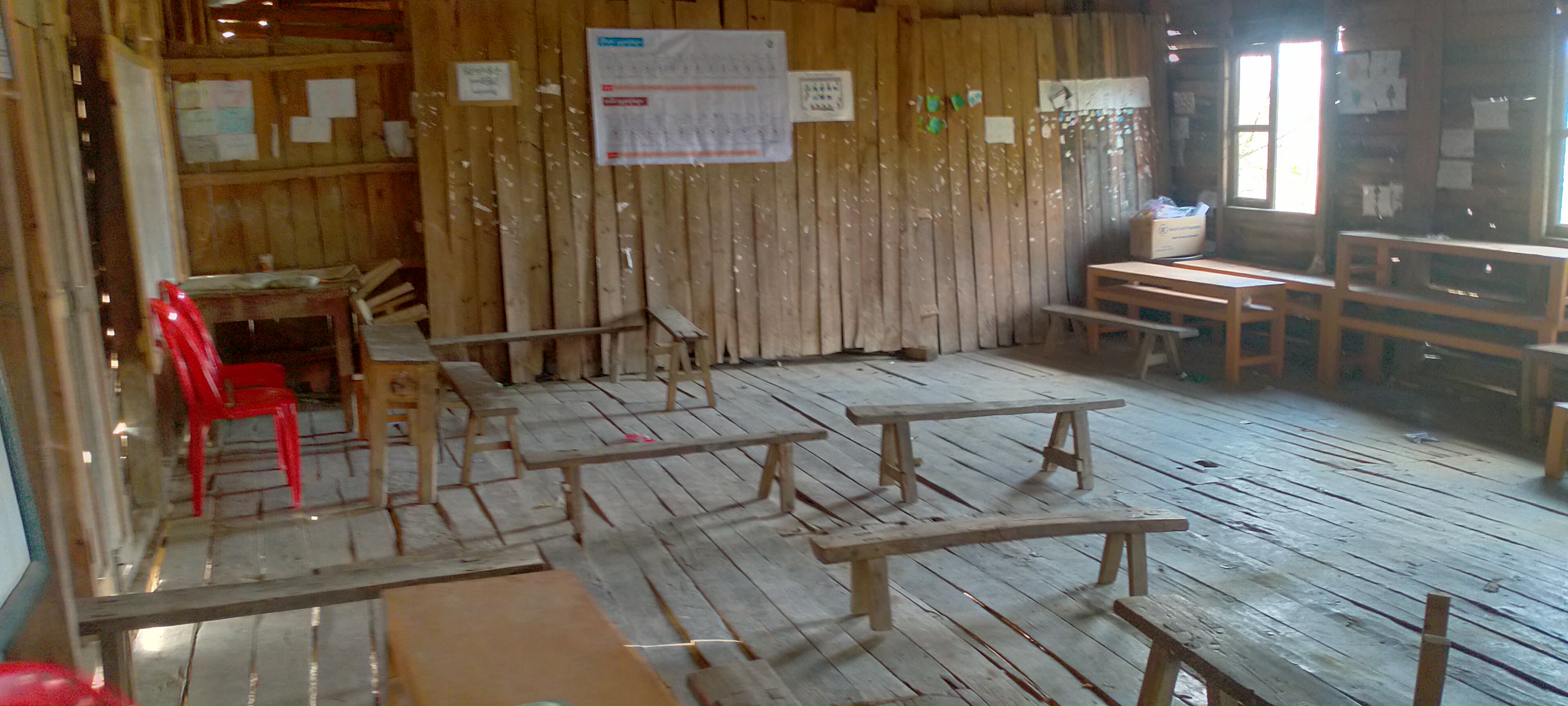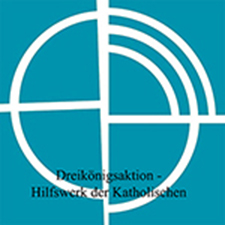Many schools in CAD project areas are very decaying and collapsing at all. However, students have no choice than acquiring education with their teachers in such bad buildings (See the below primary school building). Therefore CAD is committed in helping students own safe and sound infrastructure for their learning. Villages in remote Myanmar have state primary schools (Grade 1-5) but those who finished Grade-5, must attend middle school (Grade 6-9) in other villages. One sad note is that all students of Grade 6 could not attend middle school in other villages due to economic declination of the country in such a way that they cannot pay boarding or hostel fees for continuing their education. Hence, many village authorities have been uplifted their school from the primary education to middle education (affiliated middle school) in their village that all students could acquire middle education (Grade 6-9) but one sad note is that they just use the existing primary education building which could not now provide our children safer educational environment and accommodate students in the sense that classrooms, desks, chairs and other equipment are not sufficient for them. Amid such necessity, they know it is important for students to rebuild bigger building but the whole process is too costly and far above their slender means. A thing they cannot dream of setting up just relying on their own meager funds and resources.

Primary School in Hnaring City, Chin State
A noteworthy is their capacity to solve shortage of teachers in this school. The State’s school-teachers are very reluctant to stay here to teach students in remote areas. As to lack of state-teachers, parents of students hire outside teachers with salary for one year from their village and from other villages. They set up village based Student Teacher Association (STA) by parents of students who are responsible for salaries of outside-teachers. This is how they have been financed so far for their children’s education and this is their previous experience in this field. So CAD has financed constructions of school building which could provide students and teachers better and securer educational and learning environment.

Classroom Conditions where students learn from their teachers in Chin state, Myanmar
Our Goal:
• To enhance safer and better educational and learning environment
Objectives:
• To renovate/rebuild school
• To improve sanitary management in school
• To provide scholarship grants to poor students
Enhancing a better and securer educational environment for students in remote areas is One of our missions. As to such mission, CAD supports Rural School Construction program which is meant for improving safer educational environment. One of applicants for the program is Tisen (B) villagers. Tisen (B) is located at about 45 miles from Thantlang city and situated on the road of Thangtlang-Hnaring. There are about 35 households (233 populations) in this village which has produced lots of educated men and women in both secular and religious departments.
According to U Hawi Thang, ex-teacher and inhabitant from this village, it is separated from Tisen (A) and is founded in 1979. Since the birth of the village, there is no state school in it and all children had to get education in the state-school in Tisen (A) which is located at 3.22 kilometers from Tisen (B). After ten years from the foundation of the village, the Burmese government gave state primary school (Grade 1-V) in this school in 2004. One sad note is that their regional trickery economy does not favor the villagers to build the primary school. Therefore, children had to get education in Baptist Church.
Rev. Rung Bawi, Baptist Pastor of the village, said to us: “It is good for our children to use the Church as a school. We however fear that the place of worship will be officially approved as state school. Now our worry is extinguished by your financial assistance for constructing a school for our children. All of the villagers are very grateful to you and CAD”.
In 2006, June, CAD got a proposal of villagers in which we learnt the urgency of the school for children so that they could have good educational environment because they study lessons on the soil of the Church having any facilities for both teachers and students. CAD approved their application in 2007 and the project was successfully implemented in May 2008. Now the school has being used for students. There are two teachers and 15 students in this school.
In 2013, Chin state had approximately 1,000 schools, in which 5,600 primary and secondary school teachers served 121,000 students. Classroom resources are in desperately short supply and children in rural areas often have to walk for hours to get to school, causing many to drop out, the charity noted. Villages have enough teachers, but they aren’t properly trained.





